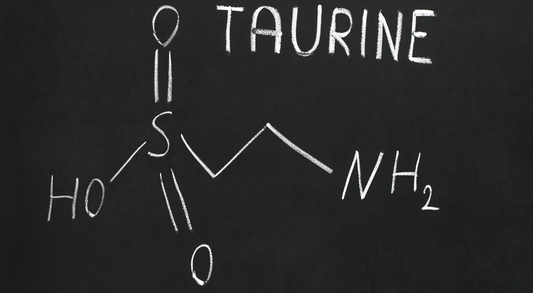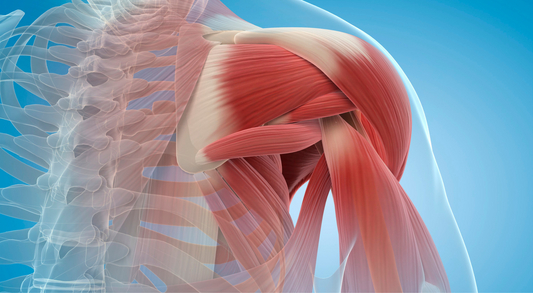Intro
Are you one of those people who look thin but feel flabby? You might be dealing with a condition known as "skinny fat". This term refers to individuals who, despite having a normal weight or even being underweight, have a high body fat percentage. It's a paradoxical situation where you're neither overweight nor fit. This condition is more common than you might think and can pose serious health risks. In this article, we'll delve into the skinny fat phenomenon, its implications, and how body recomposition can help you overcome it.
What Does Being "Skinny Fat" Mean?
The term "skinny fat" is not a medical term, but it's widely used to describe a specific body condition. People who are skinny fat appear thin and may have an average body mass index (BMI), but they have a higher body fat percentage than what's considered healthy. This condition is also known as normal weight obesity.
Being skinny fat can be dangerous because it's often associated with metabolic syndrome, a cluster of conditions that increase the risk of heart disease, stroke, and type 2 diabetes. These conditions include increased blood pressure, high blood sugar, excess body fat around the waist, and abnormal cholesterol or triglyceride levels1.
How Do People Become Skinny Fat?
Several factors contribute to the development of a skinny fat physique. A sedentary lifestyle, lack of regular exercise, poor dietary habits, and genetics can all play a role. People who lose weight rapidly through crash diets often end up skinny fat. They lose both fat and muscle mass, but when they regain weight, they regain mostly fat.
The Role of Body Recomposition
Body recomposition refers to the process of losing fat and gaining muscle simultaneously. It's the ideal solution for those dealing with the skinny fat dilemma. Body recomposition focuses on improving the quality of weight, not just reducing the quantity on the scale. It involves a combination of resistance training, cardiovascular exercise, and a balanced diet.
How to Achieve Body Recomposition
Achieving body recomposition involves a combination of strength training, cardio, and a balanced diet. Here are some tips:
- Strength Training: Resistance training is crucial for building muscle mass. It also increases your resting metabolic rate, which means you burn more calories even when you're not exercising.
- Cardiovascular Exercise: While strength training is key, don't ignore cardio. It's essential for heart health and aids in fat loss.
- Balanced Diet: A diet rich in protein can help build and repair muscles. Also, include plenty of fruits, vegetables, and whole grains in your diet. Avoid processed foods and sugary drinks.
- Consistency: Body recomposition is not a quick fix. It requires consistent effort over time. Be patient and persistent.
Conclusion
Being skinny fat might seem like a cosmetic concern, but it can have serious health implications. The good news is that through body recomposition, you can transform your body and improve your health. Remember, the number on the scale is not as important as how you feel and how well your body functions. If you're ready to start your body recomposition journey, check out our collection of supplements that can support you in your fitness goals. For any queries, feel free to contact us.
Citations:



















































